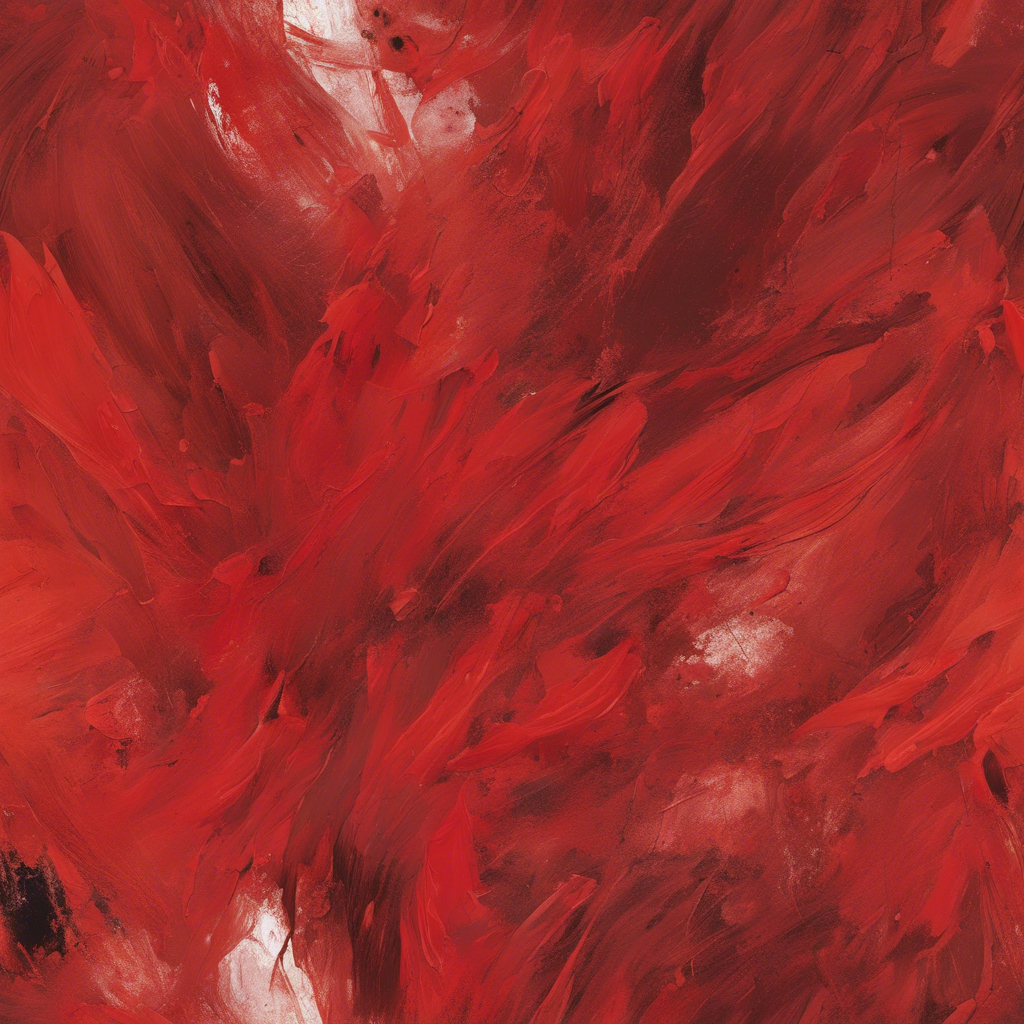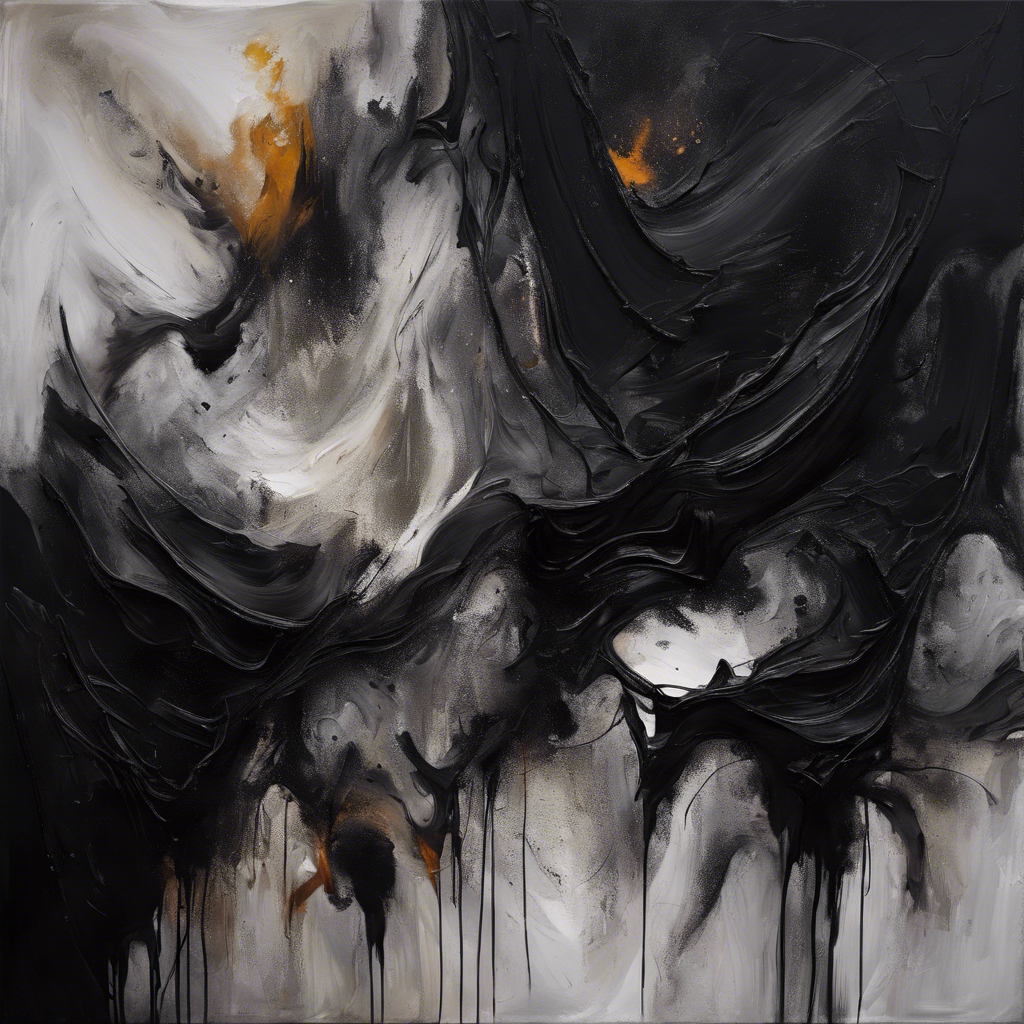Colour, a fundamental element of visual art, is more than just a hue or a shade. It carries profound symbolic and emotional weight, capable of evoking a wide range of feelings and meanings. Artists throughout history have harnessed the power of color to communicate their ideas, evoke emotions, and tell stories. In this blog post, we will delve into the symbolic and emotional significance of different colors in art.
Red: Passion, Energy, and Danger
Red, a vibrant and intense color, is often associated with strong emotions such as passion, love, anger, and danger. It symbolizes vitality, energy, and excitement. In art, red can be used to draw attention to a specific area or to create a sense of urgency or drama. It can also represent blood, fire, and the life force.
Orange: Enthusiasm, Creativity, and Joy
Orange, a blend of red and yellow, is a cheerful and energetic color. It is often associated with enthusiasm, creativity, and joy. Orange can also symbolize warmth, comfort, and autumn. In art, orange can be used to create a sense of optimism and excitement. It can also be used to represent the sun, fire, and the harvest.
Yellow: Happiness, Optimism, and Intellect
Yellow, a bright and cheerful color, is often associated with happiness, optimism, and intellect. It can also symbolize cowardice and betrayal. In art, yellow can be used to create a sense of warmth and light. It can also be used to represent the sun, gold, and wisdom.
Green: Growth, Harmony, and Renewal
Green, a color associated with nature, is often linked to growth, harmony, and renewal. It can also symbolize envy and jealousy. In art, green can be used to create a sense of peace and tranquillity. It can also be used to represent spring, fertility, and good luck.
Blue: Calm, Peace, and Trustworthiness
Blue, a cool and calming color, is often associated with peace, tranquility, and trustworthiness. It can also symbolize sadness and depression. In art, blue can be used to create a sense of depth and space. It can also be used to represent water, sky, and infinity.
Purple: Royalty, Spirituality, and Mystery
Purple, a luxurious and mysterious color, is often associated with royalty, spirituality, and mystery. It can also symbolize wisdom and creativity. In art, purple can be used to create a sense of elegance and sophistication. It can also be used to represent the night sky, magic, and transformation.
Pink: Innocence, Compassion, and Love
Pink, a delicate and feminine color, is often associated with innocence, compassion, and love. It can also symbolize femininity and sweetness. In art, pink can be used to create a sense of softness and tenderness. It can also be used to represent childhood, romance, and beauty.
White: Purity, Innocence, and New Beginnings
White, a pure and clean color, is often associated with purity, innocence, and new beginnings. It can also symbolize death and surrender. In art, white can be used to create a sense of light and space. It can also be used to represent peace, hope, and the divine.
Black: Power, Mystery, and Evil
Black, a dark and mysterious color, is often associated with power, mystery, and evil. It can also symbolize elegance and sophistication. In art, black can be used to create a sense of depth and drama. It can also be used to represent night, death, and the unknown.
Brown: Earthiness, Stability, and Comfort
Brown, a grounded and earthy color, is often associated with stability, comfort, and nature. It can also symbolize simplicity and humility. In art, brown can be used to create a sense of warmth and security. It can also be used to represent the earth, wood, and autumn.
The Emotional Impact of Color
Beyond their symbolic meanings, colors also have a significant emotional impact on viewers. For example, red can evoke feelings of passion and excitement, while blue can promote feelings of calm and tranquility. By understanding the emotional associations of different colors, artists can use them to manipulate the viewer’s emotions and create specific moods in their artwork.
Cultural and Historical Significance
It is important to note that the symbolic and emotional significance of colors can vary across different cultures and historical periods. For example, in Western culture, white is often associated with purity and innocence, while in some Eastern cultures, it is associated with mourning. By considering the cultural and historical context of a particular artwork, we can gain a deeper understanding of the artist’s intended meaning.
In conclusion, color is a powerful tool that artists can use to communicate their ideas and evoke emotions. By understanding the symbolic and emotional significance of different colors, we can appreciate the depth and complexity of visual art.


